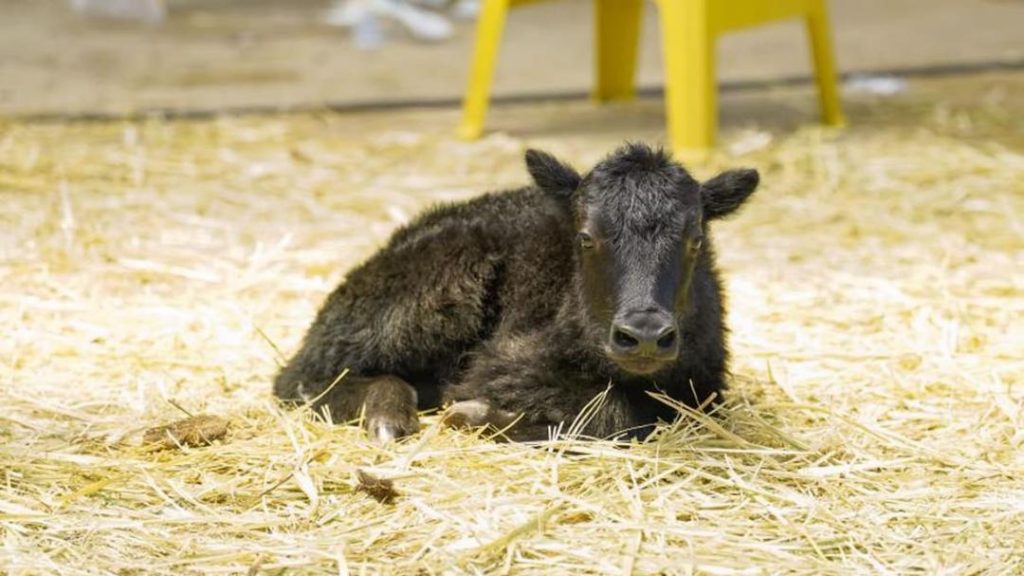
World’s First Cloned Yak Created: A Breakthrough in Genetic Engineering
In a groundbreaking achievement, scientists at China’s Zhejiang University have successfully delivered the world’s first cloned yak through a caesarean section (C-section) in Tibet. The cloned calf, which weighed 33.5 kg at birth, is heavier than most yak newborns, according to researchers. The team used whole-genome selection and somatic cell cloning techniques to create the cloned yak, marking a significant milestone in the field of genetic engineering.
The cloned yak, named “Zhenbao”, was born on June 15th in a hospital in Tibet’s Nagqu Prefecture, where the research team has been conducting the cloning project. The calf’s birth was a major achievement, considering the challenges involved in cloning a yak, a large and complex animal. The team’s success has far-reaching implications for the conservation and breeding of yaks, which are an essential part of Tibetan culture and economy.
Yaks are an important part of Tibetan society, providing milk, wool, and meat for local communities. However, their population is declining due to habitat loss, climate change, and overgrazing. The cloning of yaks could help preserve the genetic diversity of these animals and ensure their survival for generations to come.
The research team, led by Dr. Liu Zhen, used a technique called somatic cell cloning, which involves transferring the nucleus of an adult yak cell into an egg cell that has had its own nucleus removed. The egg is then stimulated to divide and develop into an embryo, which is implanted into the uterus of a surrogate yak mother.
The team used whole-genome selection to identify the best genetic material for cloning. This involved analyzing the DNA of over 1,000 yaks to identify the genetic traits that are most important for the animal’s survival and reproduction. The researchers then used this information to select the best donor cells for cloning.
The cloning process was not without its challenges. The team had to overcome several difficulties, including the low success rate of cloning and the risk of genetic abnormalities in the cloned animal. However, the end result was well worth the effort, as Zhenbao, the cloned yak, is a healthy and thriving calf.
The success of the cloning project has significant implications for the conservation of yaks and other endangered species. It demonstrates the potential of genetic engineering to preserve genetic diversity and ensure the survival of animals that are threatened by extinction.
In addition to its conservation benefits, the cloning of yaks also has potential applications in the dairy and meat industries. Yaks produce high-quality milk and meat, which are in high demand in China and other parts of the world. Cloning yaks could help increase the supply of these products, while also reducing the environmental impact of traditional farming practices.
The cloning of yaks is a testament to the power of scientific innovation and the potential of genetic engineering to solve some of the world’s most pressing problems. It is a reminder that, with determination and hard work, even the most complex challenges can be overcome.
Source:
https://english.news.cn/20250715/a3cd7831b3d247b8aa850923308b4422/c.html
Note: The article is based on the news published on China Daily, and the information provided is accurate as per the available data.






